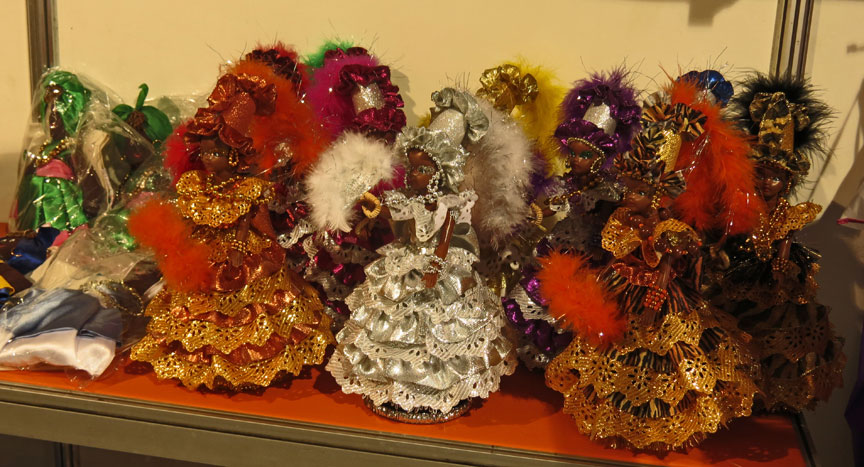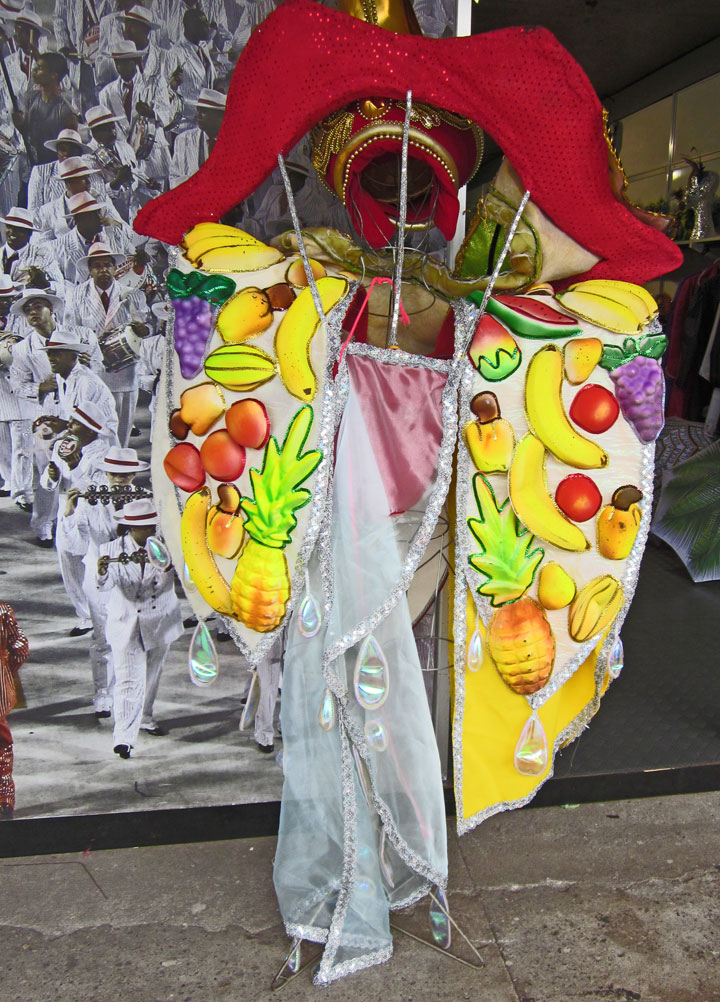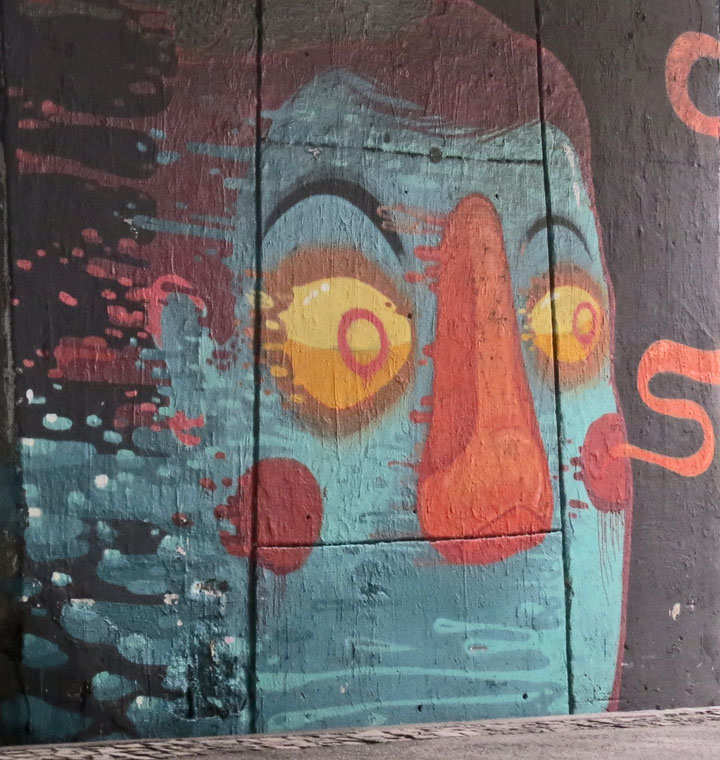

Sambadrome
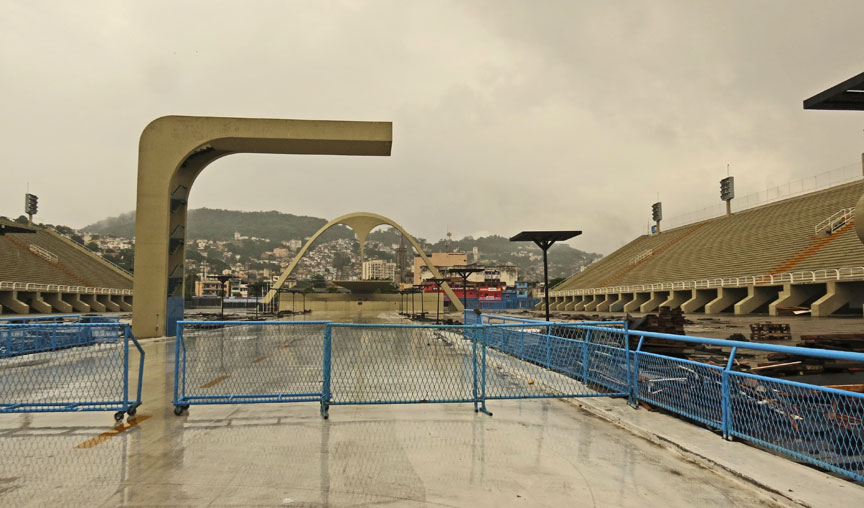
Sambadrome
The Sambadrome Marquês de Sapucaí (Sambódromo in Portuguese) or simply Sambadrome, is a purpose-built parade area in downtown Rio de Janeiro, Brazil where samba schools parade competitively each year during the Rio Carnival. The parades attract many thousands of Brazilians and foreign tourists each year.
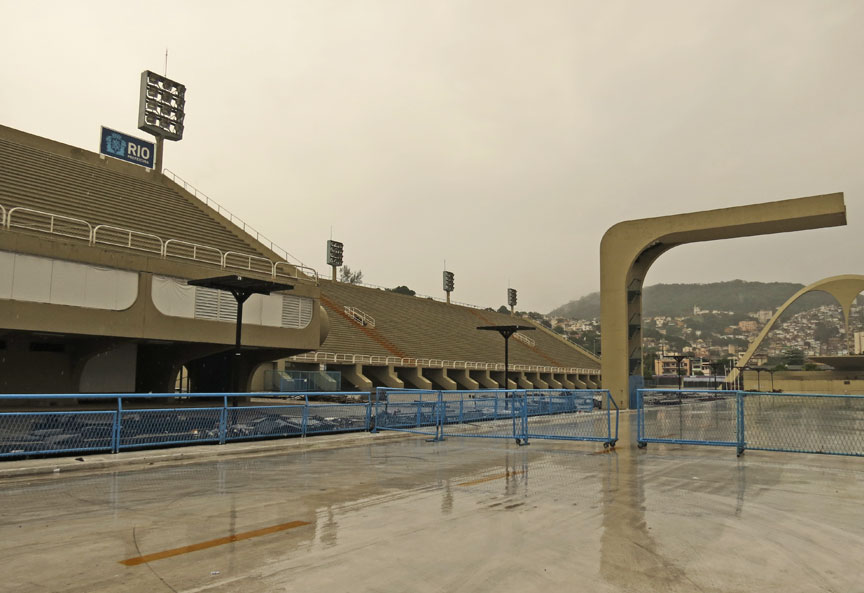
The Sambadrome ("Sambódromo" in Portuguese) was designed by Oscar Niemeyer and
built in 1984. It consists of 700 m stretch of the Marquês de Sapucaí street
converted into a permanent parade ground with bleachers built on either side for
spectators. Its capacity is 90,000. The complex includes an area located at the
end of the parade route, the Praça da Apoteose (Apotheosis Square), where the
bleachers are set further back from the parade area, creating a square where
revelers gather as they end their parade.
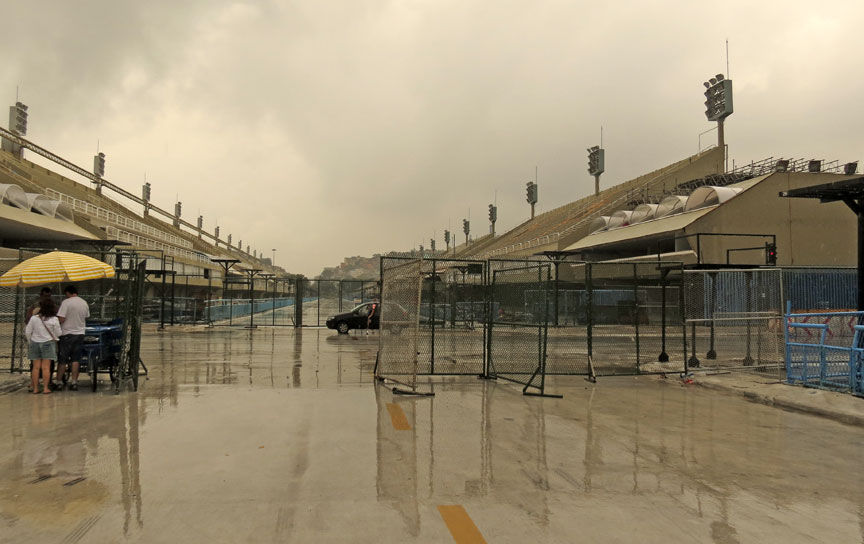
In December, the samba schools begin holding technical rehearsals at the
Sambadrome, leading up to Carnival.
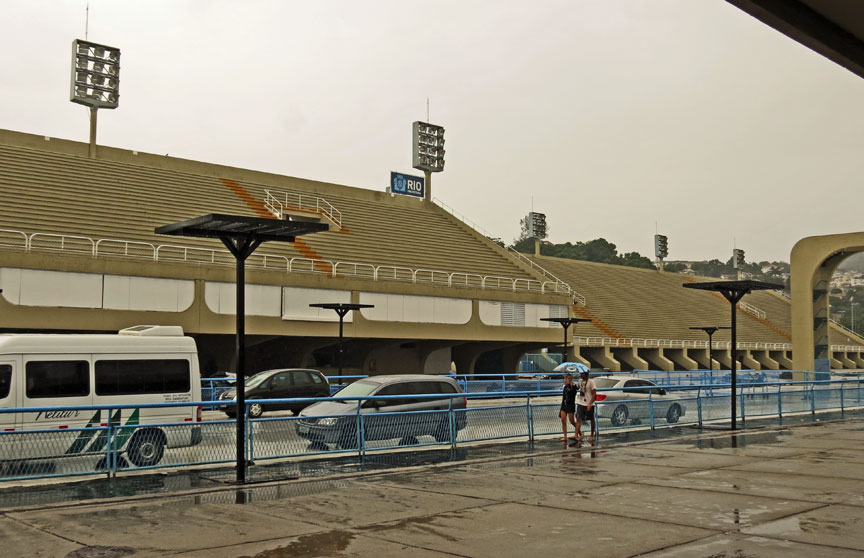
Outside Carnival season, the Praça da Apoteose is occasionally used as a venue
for international music concerts. The school parades from the right to the left, with the arch visible at
the end. The VIP camarote seating is visible across the way.
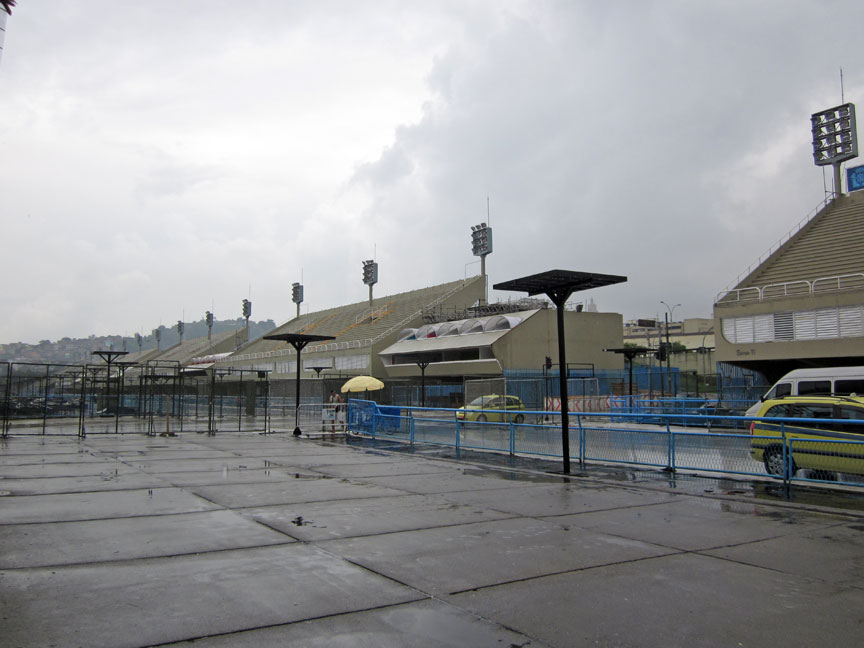
The official Carnival parades take place just before the start of Lent. They are
held for four consecutive nights, during which schools parade one after another
from 8pm until the morning. The Access Group A samba schools are hosted on
Saturday, Special Group on Sunday and Monday and Group Rio de Janeiro 1 on
Tuesday. The Special Group nights are by far the biggest attractions. The
parades are televised nationally and are watched by large audiences.
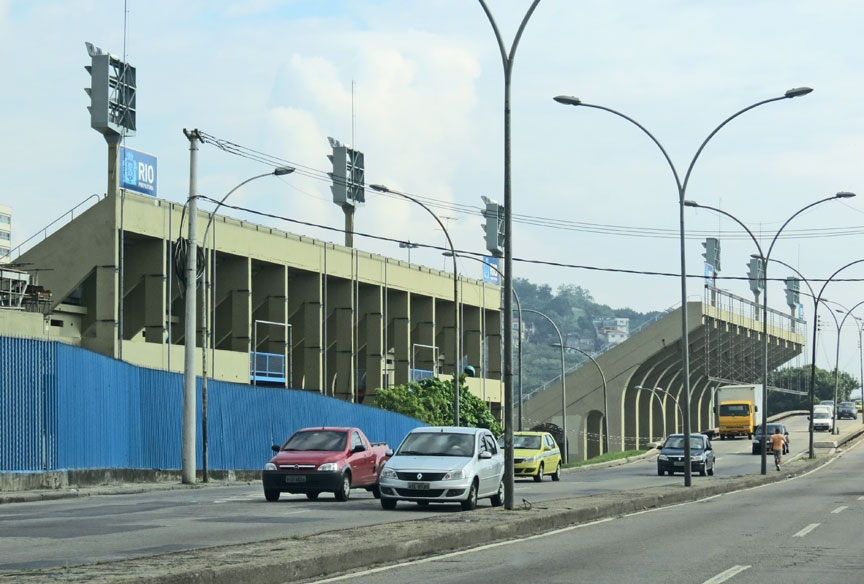
Each samba school has a preset amount of time (90 minutes) to parade from one
end of the Sambadrome to the other with all its thousands of dancers, its drum
section, and a number of floats. Each school has its own unique qualities
according to its own traditions. Schools are graded by a jury, and the
competition is ferocious. On Ash Wednesday (quarta-feira de cinzas), grades are
gathered and one school is declared the winner. The Parade of Champions is held
the following Saturday featuring the five winning samba schools in the Special
Group category.
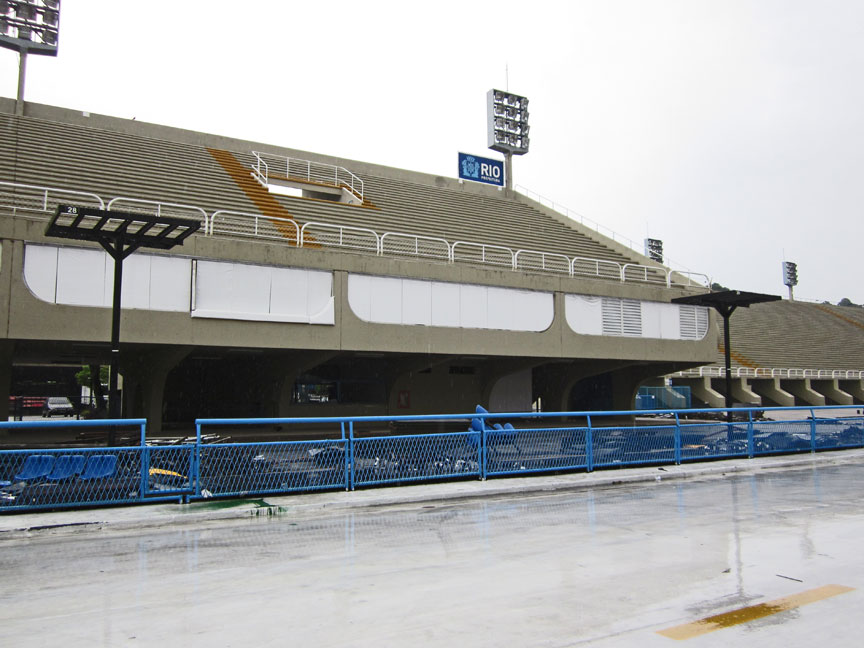
In 2008, ticket prices for normal bleacher, or Grandstands, seats in the
Sambadrome on Special Group nights ranged between R$10 and R$500 (US$6.50 to
US$312.50), with VIP Cabins, or Covered Boxes, seating (which includes open bar,
buffet - dinner, dessert and more) and scalped tickets costing much more
(starting from US$2,500.00, in the best locations).
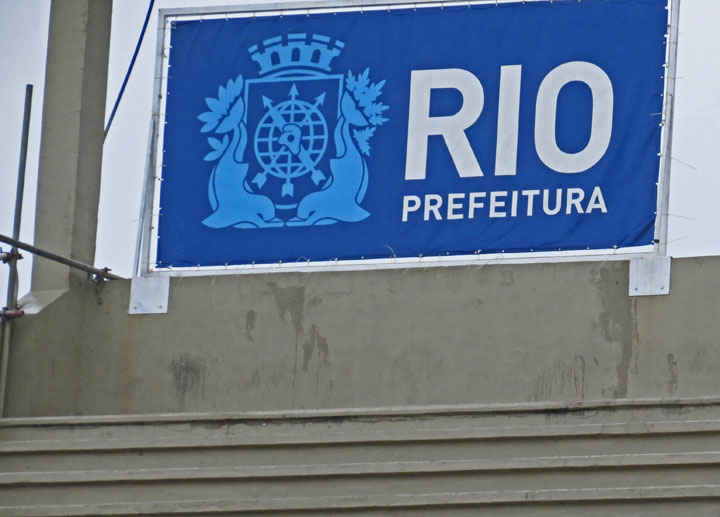
Inflated prices to watch star samba schools exclude many Brazilians from
attending. As a reaction to high levels of commercialization, Rio de Janeiro has
experienced a resurgence in free block parties (Street Bands and Groups: Blocos)
that take place in suburbs all over the city.
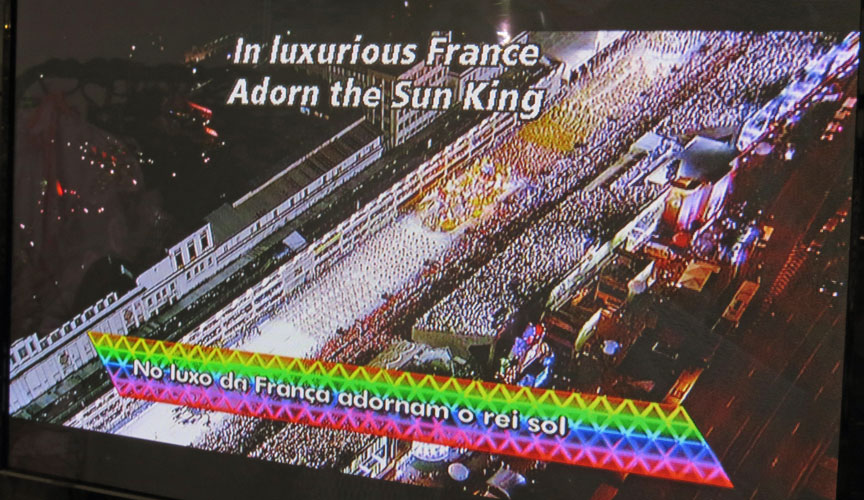
how the Carnival performance shows on TV
It is possible for a person who is not a member of any samba school to buy a costume and arrange for a spot as a dancer in one of the parade groups.
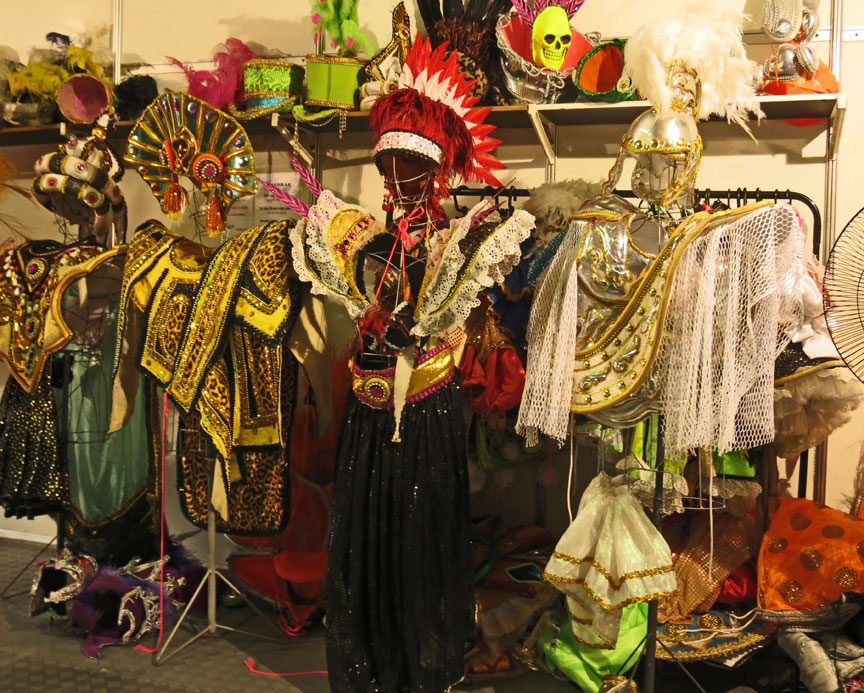
costumes
For the 2016 Summer Olympics, the venue will host archery and the athletics marathon event, and for the 2016 Summer Paralympics, the venue will host archery.

In preparations for the Olympics, a nearby Brahma old factory was demolished and
extra bleachers were built there increasing spectator capacity by around 18,000
seats, in accordance with Niemeyer's original project of having the Sambadrome
complex with a symmetrical design. The reopening occurred on February 7, 2012.
Mayor Eduardo Paes and architect Oscar Niemeyer attended to the ceremony.
Text from Wikipedia
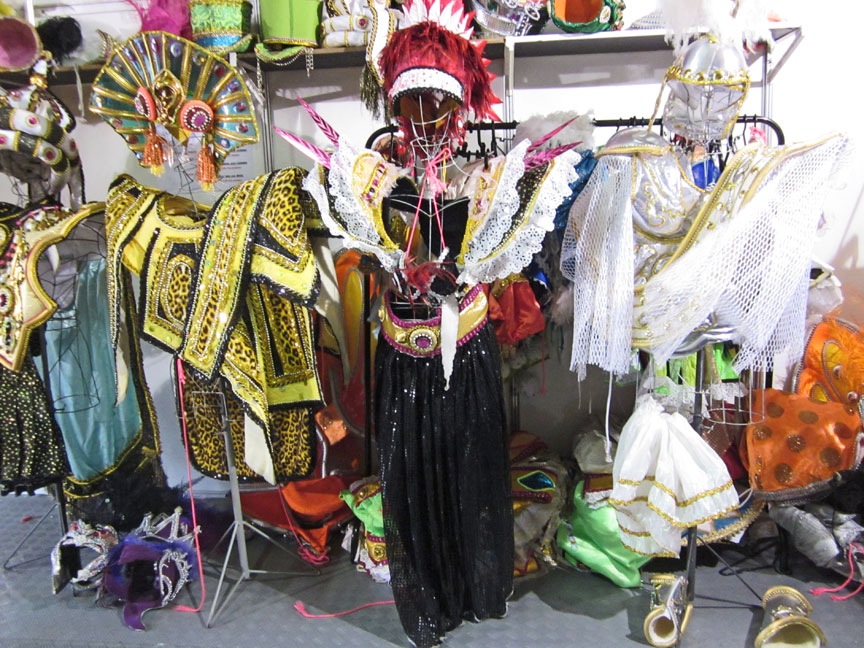
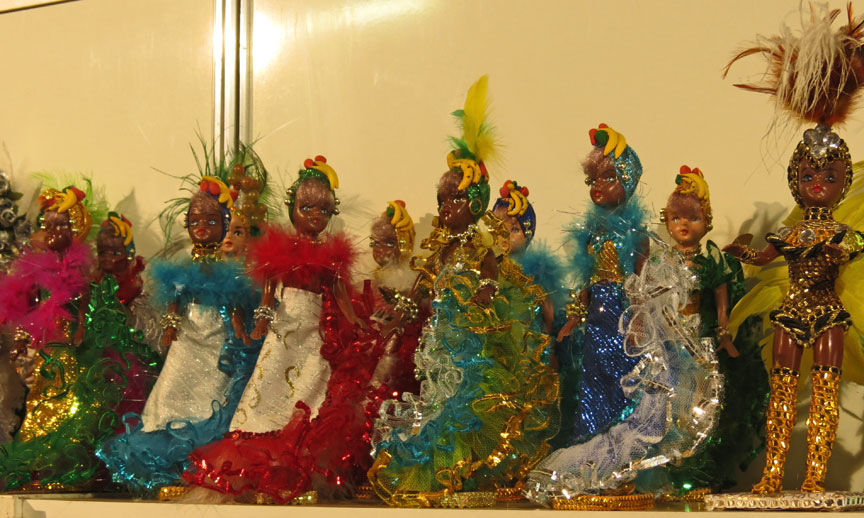
costumed figures
